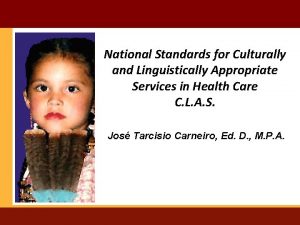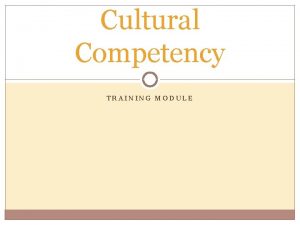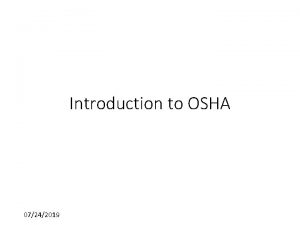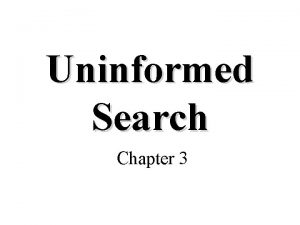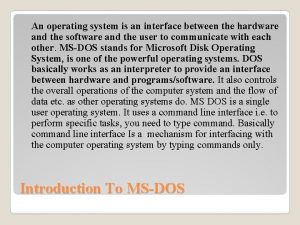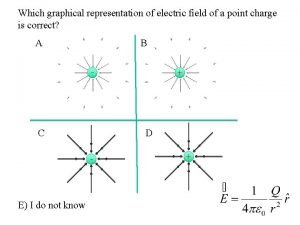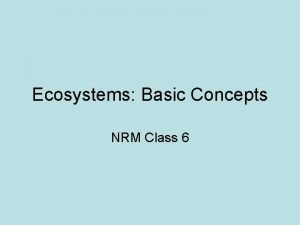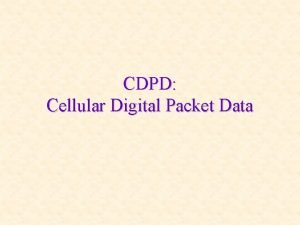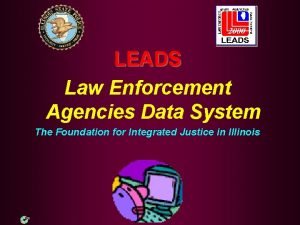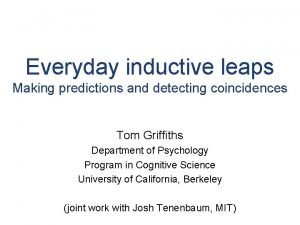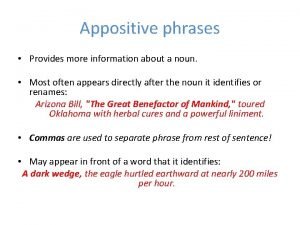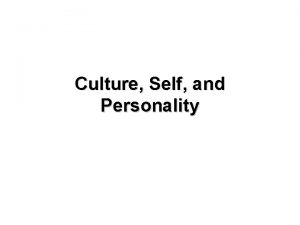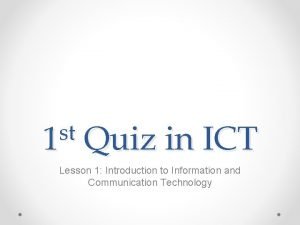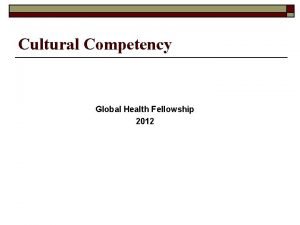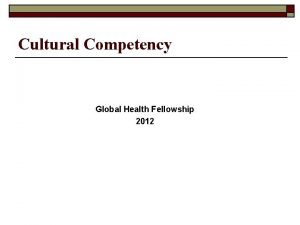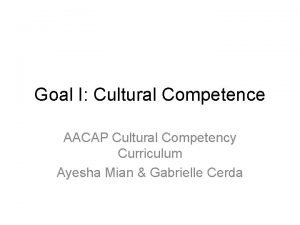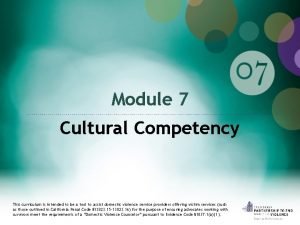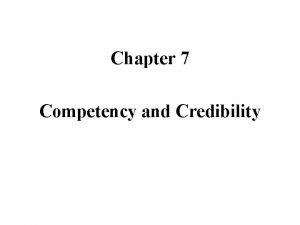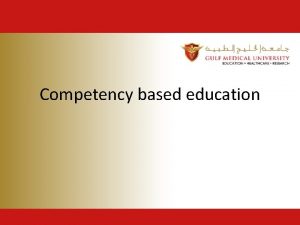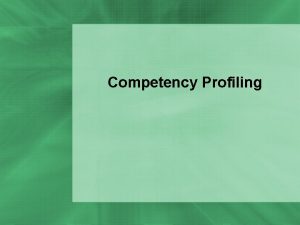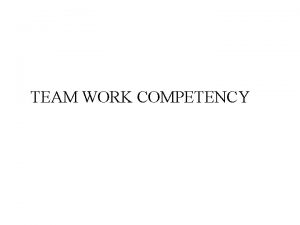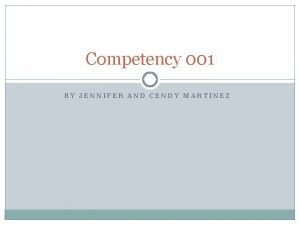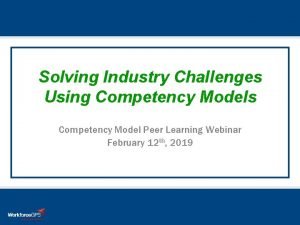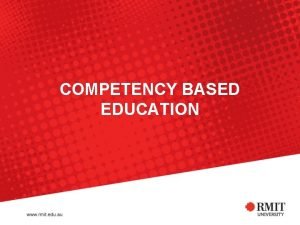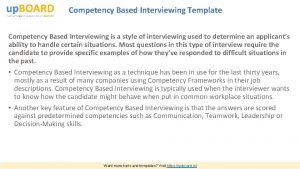Module 9 Cultural Competency This module provides an




































- Slides: 36

Module 9: Cultural Competency

This module provides an overview of: • Cultural competency and it’s importance • Knowledge and skills to ensure cultural competency • Linguistic competence and disability accessibility This module will provide you with the knowledge and skills to make all consumers feel accepted, respected, and valued – regardless of cultural differences.

Section 1 Diversity in New York State

You are the Face of the Marketplace • Make consumers feel accepted, respected, and valued • This section reviews data about consumers, such as race, ethnicity, language, and income • Important differences among population groups are not captured in data – However, data can prepare us for the diversity of groups we will encounter

Marketplace Enrollment by Program

New York State Health Plan Marketplace Enrollments Age of New Yorkers Enrolled in QHPs Less than 35 34% Over 45 48% Between 35 - 44 18% Subsidized QHP Enrollment Between 250% - 400 FPL 24% Between 200 250% FPL 23% Less than 200% FPL 53%

c an i d r er rte sp Hi c he Ot an d po re Un Isl an i ica n Am er ic cif Pa n/ As ia Hi sp n- n- ca Af ri k/ ac Bl No te / hi W Marketplace Enrollees by Self. Reported Race 50% 45% 40% 35% 30% 25% 20% 15% 10% 5% 0%

High Quality Customer Service for All New Yorkers • Keep in mind: Not everyone in a particular social group will share the same values, needs, and perspectives • It is important to provide services that are linguistically and culturally competent, and disability accessible • Do not make assumptions or stereotype

Section 2 Cultural Competency

What Makes up a Person’s Culture? Culture

Defining Cultural Competence Behaviors Attitudes System Agency Professionals Consumer Providers Polices Work effectively in cross-cultural situations Occurs over time

When Services are Not Culturally Competent When services do not meet definition of cultural competence, consumers could experience: • Feelings of being insulted or treated rudely • Fear of contacting an Assistor, the Marketplace or an Insurer • Feeling confused and overwhelmed about meeting with an Assistor or enrolling • Feeling unwelcome, unwanted and not valued

How to be Culturally Competent Click on each to learn more. 2. Understand your own culture 1. Acknowledge and value cultural differences 3. Engage in self -assessment 5. View behavior in a cultural context 4. Acquire cultural knowledge and skills

1. Acknowledge and Value Cultural Differences • • • Ask about language preference Offer services at convenient hours Respect consumers’ decision making processes Provide facts to help consumers make decisions Provide high quality services to all consumers

2. Understand Your Own Culture What aspects of your own culture are the most important to you? – Ancestry – Gender – Nationality – Group membership – Upbringing – Work history

3. Engage in Self-Assessment Worksheet: • What cultural experiences from your own life could affect how you communicate with a consumer who is from a different culture than your own? • What is one difference between you and consumers that could impact your ability to assist them to complete their enrollment in the Marketplace? • How can you respond effectively to that person and avoid a cultural collision?

4. Acquire Cultural Knowledge • Basic understanding of cultures can expand your awareness of diversity • Not everyone within a cultural group is the same – avoid stereotyping • Think about cultures that are prevalent in your area to develop your range of understanding

5. View Behavior in a Cultural Context Worksheet: • What is one thing you will do differently to be mindful of your own and others’ cultures going forward?

How to be Culturally Competent 2. Understand your own culture 1. Acknowledge and value cultural differences 3. Engage in self -assessment 5. View behavior in a cultural context 4. Acquire cultural knowledge and skills

Cultural Competency in Organizations need to have: • Defined principles and policies • Capacity to: 1. Value diversity 2. Conduct self-assessment 3. Manage the dynamics of difference 4. Acquire and institutionalize cultural knowledge 5. Adapt to diversity

Section 3 Linguistic Competence


Defining Linguistic Competence Capacity to communicate effectively and in a manner that is easily understood Limited English proficiency Low literacy or not literate Disabilities Deaf or hard of hearing Organizations must have policy, structures, practices, procedures, and dedicated resources to support this capacity

Linguistic Assistance for Consumers • Some consumers will be unable to communicate • It is important for you to do your best to make them feel welcome and valued • Access to a language line (translator services) is available through the Service Center 1 -855 -355 -5777 • Consumers can bring someone to translate

Marketplace Messages All notices contain this message: If consumers cannot read messages, they will be instructed to call the Service Center.

Section 4 Disability Assistance

American Disabilities Act (ADA) Ensures that programs and activities are readily accessible to and usable by individuals including but not limited to having a: • Visual Disability • Auditory Disability • Mobility Disability • Cognitive Disability

Providing Disability Assistance • Make services accessible • Ask about any special needs • Provide a sign language interpreter • Connect them with a relay service to communicate with the Service Center

Practice

Ms. Anderson is an African American mother with one child. When she meets with an Assistor, she is told that she should sign up for Medicaid. What went wrong? a) The Assistor made an assumption that she is eligible for Medicaid b) Nothing – the Assistor correctly instructed her to make an appointment c) The Assistor should not be promoting Medicaid

Ms. Balas speaks very little English. She finds it difficult to access the services she needs. She heard that there are Assistor services available in Spanish, but hasn’t been able to reach anyone who can speak her language. What went wrong? a) She should have called the Customer Service Center b) She should call the number for Assistors who speak Spanish c) The Assistor she reached should have connected her to the Customer Service Center to speak to someone in Spanish

Mr. Chow has a Chinese surname and speaks with an accent. When he arrives at the Assistor’s organization, the Assistor tells him that he will connect him with someone at the Customer Service Center who speaks Chinese. What went wrong? a) Nothing – the Assistor appropriately connected him to translator services b) The Assistor should have connected Mr. Chow to a staff member who speaks Mandarin c) The Assistor made an assumption that Mr. Chow cannot communicate effectively in English

Mr. Dumsha is hearing impaired and uses sign language. He would like to apply to the Marketplace but has not been offered any interpreter services. What went wrong? a) He should have called the special Customer Service Center for people who are hearing impaired b) He should have been offered interpreter services c) He needs to be more assertive when asking for assistance

Mr. Epstein is meeting with an Assistor, and when entering his spouse information the Assistor asks, “What is the name of your wife? ” Mr. Epstein becomes disengaged and looks uncomfortable. What went wrong? a) The Assistor assumed he is married to a woman b) Mr. Epstein doesn’t understand what spouse means c) The Assistor is going through the questions too quickly

Mrs. Falin entered the United States 5 years ago and has an Employment Authorization Card. The Assistor asked why she’s not a US Citizen yet. What went wrong? a) An Employment Authorization Card means that she is a US Citizen b) The Assistor asked her a personal question that is unrelated to the Marketplace application c) The Assistor should have referred her because she is not a US citizen

Module Recap In this module, you learned about: • How to provide: – Culturally competent assistance – Linguistically competent assistance – Disability assistance • Applying culturally competency to work to prevent delay and barriers to accessing to health insurance Remember to use your effective communication skills and strategies with all consumers!
 Cultural competency staircase model
Cultural competency staircase model Cultural competency training modules
Cultural competency training modules C device module module 1
C device module module 1 Provides uniform interface between controller and kernel
Provides uniform interface between controller and kernel Secondary storage provides temporary or volatile storage
Secondary storage provides temporary or volatile storage Osha topic 4 crossword puzzle answers
Osha topic 4 crossword puzzle answers Example of evolution
Example of evolution Provides general information
Provides general information Message authentication code requirements
Message authentication code requirements This list provides examples of —
This list provides examples of — Provides bulk and structure to baked products.
Provides bulk and structure to baked products. If you whirl a tin can on the end of a string
If you whirl a tin can on the end of a string When to record contingent liabilities
When to record contingent liabilities Accounting scope
Accounting scope Each database system supporting odbc provides a/an
Each database system supporting odbc provides a/an Flaws john provides map equipment
Flaws john provides map equipment Ir spectroscopy provides information about
Ir spectroscopy provides information about Os is the interface between
Os is the interface between Hive provides data warehousing layer to data over hadoop
Hive provides data warehousing layer to data over hadoop If a battery provides a high voltage it can
If a battery provides a high voltage it can It provides a graphical representation of an electric field
It provides a graphical representation of an electric field Ecosystem definition class 6
Ecosystem definition class 6 Food provides energy
Food provides energy Thermal stability in bjt
Thermal stability in bjt It provides structural support for the entire body
It provides structural support for the entire body Cdpd9ye6uei -site:youtube.com
Cdpd9ye6uei -site:youtube.com Law enforcement agencies data system
Law enforcement agencies data system Inductive leap
Inductive leap Whos macduff
Whos macduff A drag lens provides
A drag lens provides An appositive provides more information about a noun.
An appositive provides more information about a noun. If a battery provides a high voltage it can
If a battery provides a high voltage it can Provides the body with energy. *
Provides the body with energy. * Figure 12-1 provides an overview of the lymphatic vessels
Figure 12-1 provides an overview of the lymphatic vessels Dna rna venn diagram
Dna rna venn diagram Cognitive provides various channels for self-realization.
Cognitive provides various channels for self-realization. It provides a common framework to allow data to be shared
It provides a common framework to allow data to be shared
